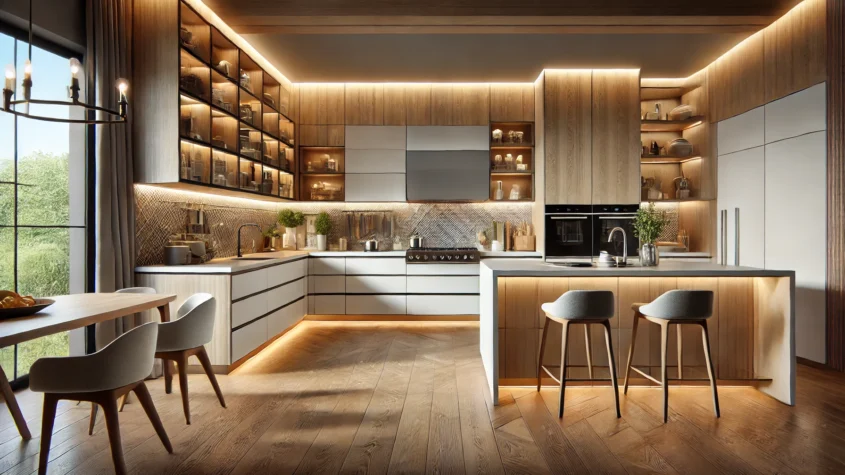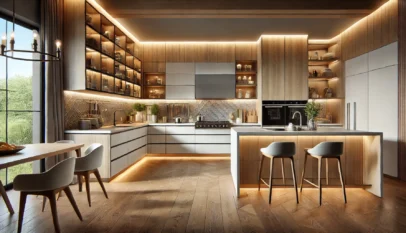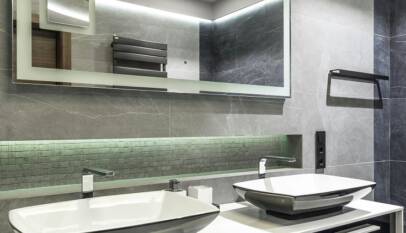
Custom home builders play a crucial role in transforming a vision into reality, offering tailored solutions that meet individual needs. They provide expertise in design, construction, and project management, ensuring that every aspect of a new home reflects the homeowner’s preferences and lifestyle. This personalized approach can lead to a more satisfying and functional living space compared to purchasing a pre-built home.
Choosing a custom home builder involves consideration of various factors such as experience, reputation, and communication style. It’s essential for homeowners to conduct thorough research to find a builder who aligns with their specific goals and budget. Many builders also offer eco-friendly options, incorporating sustainable materials and energy-efficient technologies.
The process of building a custom home can be both exciting and complex. Homeowners benefit from understanding the phases involved, from initial planning to final inspections, helping to streamline their journey and avoid common pitfalls. Embracing this knowledge prepares them for a smooth building experience that ends with a home uniquely tailored to their desires.
Understanding Custom Home Building
Custom home building involves a personalized approach to home construction that caters to the client’s specific needs and preferences. This process allows for tailored design elements, materials, and styles that reflect individual tastes and lifestyles.
Defining Custom Home Builders
Custom home builders are professionals who specialize in creating homes that are tailored to the unique requirements of their clients. They collaborate closely with individuals throughout the construction process, from initial design to the final build. Unlike production builders, who offer pre-designed models, custom builders focus on personalization, allowing clients to choose layouts, finishes, and other features.
These builders typically work in small teams, enabling them to provide dedicated attention to each project. Their expertise encompasses various architectural styles, ensuring homeowners can create a bespoke living space.
Benefits of Custom-Built Homes
Custom-built homes provide numerous advantages, primarily personalization. Homeowners can select the layout, materials, and finishes that suit their individual preferences. This level of customization extends to energy-efficient technologies and modern amenities.
Another significant benefit is quality control. Custom builders often source high-quality materials and maintain strict oversight during construction. This approach can lead to fewer defects and a more durable finished product.
Additionally, custom homes can enhance property values. A unique, well-designed home stands out in the marketplace, attracting potential buyers who appreciate distinct features.
Selecting a Custom Home Builder
Choosing the right custom home builder is crucial for a successful project. Evaluating a builder’s experience and portfolio is essential. Homeowners should look for builders who have completed projects similar in style and scope to their vision.
It is also important to check references and read client reviews. This provides insight into the builder’s communication style and reliability.
Budget considerations are foundational when selecting a builder. It is advisable to discuss the project scope and obtain detailed estimates before making a decision. A clear contract outlining timelines, costs, and responsibilities can help prevent misunderstandings throughout the construction process.
Planning and Design Process
A well-structured planning and design process is crucial for custom home builders. It involves a detailed approach that encompasses initial consultations, collaborative design, material choices, and ensuring compliance with regulations.
Initial Consultation and Budgeting
The planning stage begins with an initial consultation. Here, the builder meets with the client to discuss needs, preferences, and expectations. This meeting allows both parties to develop a mutual understanding of the project’s scope.
Budgeting is another essential component. Builders analyze the client’s financial resources and outline cost estimates for various elements, including labor, materials, and permits. This assessment helps set realistic budget parameters and prevents potential overspending later in the project.
Design Collaboration and Blueprint Development
During the design phase, the builder collaborates closely with the client. They discuss design ideas, aesthetic preferences, and functional requirements to create a tailored home layout.
Blueprint development follows, translating initial concepts into architectural designs. This process often includes revisions based on feedback, ensuring the design reflects the client’s vision. Advanced software tools may also be employed to visualize the project and make necessary adjustments.
Material Selection and Customization
Material selection is a critical step in achieving the desired look and functionality of the home. Builders guide clients in choosing sustainable and high-quality materials that fit their aesthetic and budgetary needs.
Customization options may include finishes, fixtures, and flooring types. Clients are encouraged to explore various options, allowing for personalization at every stage. This attention to detail enhances the home’s uniqueness and improves overall satisfaction.
Permitting and Compliance
Once the design is finalized, builders navigate the permitting process. This involves obtaining necessary approvals from local authorities for construction to begin.
Compliance with building codes and regulations is paramount. Builders ensure all plans meet safety standards and zoning laws, preventing future legal issues. This meticulous attention to compliance safeguards the project from potential setbacks during construction.
Copper Mining Stock: Insights and Trends for Investors
Investors are increasingly looking towards copper mining stocks as a strategic opportunity…










